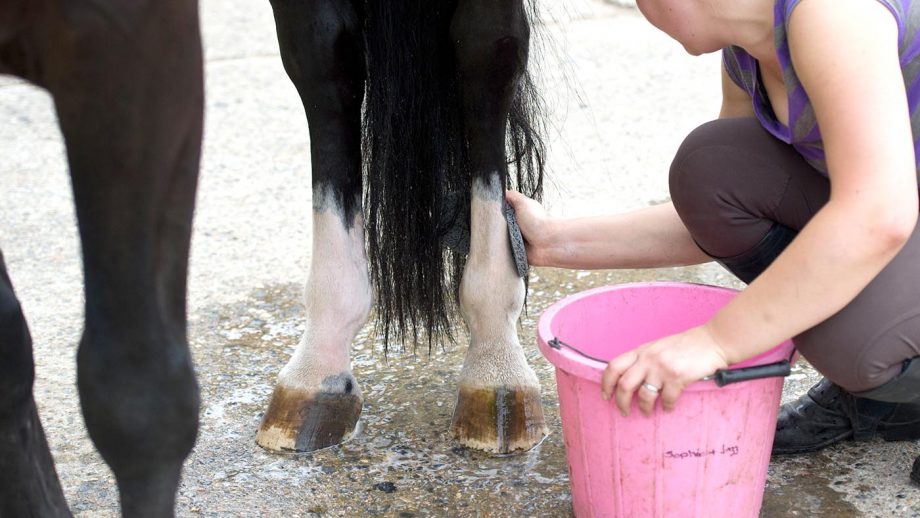Understanding how to trim horse hooves that are overgrown is crucial for maintaining the health and mobility of your horse. This guide will provide you with the insight necessary to address this vital aspect of equine care, ensuring your horse remains comfortable and sound.

The Importance of Proper Hoof Care
Keeping a horse’s hooves properly trimmed is not just about aesthetics; it’s about the overall health and well-being of the animal. Overgrown hooves can lead to discomfort, lameness, and other severe health issues. Regular hoof care helps in maintaining balance and prevents injuries.
Understanding Horse Hoof Anatomy
Before diving into hoof trimming, it’s essential to understand the parts of a horse’s hoof. The key components include the wall, sole, frog, and white line. Each plays a vital role in the horse’s foot health and must be handled carefully during trimming.
Tools Required for Hoof Trimming
Equipping yourself with the right tools is necessary for effective trimming. These tools include:
- Hoof Knife
- Hoof Nippers
- Rasp
- Hoof Pick
Each of these aids in different aspects of the trimming process, ensuring precise and safe trimming.
Signs of Overgrown Hooves
Identifying overgrown hooves early is key to preventing future issues. Some signs include:
- Curling of the hoof wall
- Long toe
- Cracking
- Irregular wear
The Step-by-Step Guide to Trimming Overgrown Hooves
Step 1: Ensure Safety
Ensure both you and the horse are safe and calm. Use emergency handling techniques if necessary.
Step 2: Clean the Hoof
Use a hoof pick to clean out dirt and debris, allowing a clear view of the hoof.
Step 3: Begin Trimming
Start with the hoof nippers, trimming the wall to the desired length. Be cautious to avoid cutting too deeply.
Step 4: Shape the Hoof
Use the rasp to file the hoof wall and shape it properly. This ensures a balanced and even foot.
Step 5: Inspect the Sole
Carefully trim the sole with a hoof knife, paying attention to the frog and heel.
Step 6: Final Check
Inspect the hoof for any uneven areas or issues. Make sure the horse stands comfortably.
Maintaining Healthy Hooves
Regular care extends beyond trimming. Ensure the horse has a balanced diet, proper exercise, and clean living conditions. Routine checks help in catching hoof-related issues early.
When to Call a Professional
While trimming can be done by horse owners with experience, complex issues or severe overgrowth may require the expertise of a professional farrier.
Frequently Asked Questions
How often should I trim my horse’s hooves?
Regular trimming should occur every 4 to 6 weeks, depending on the horse’s activity level and hoof growth.
Is it possible to injure the horse during trimming?
Yes, improper trimming can cause injury. It’s essential to be informed and careful, or consult a professional.
What should I do if my horse becomes restless?
Take breaks during the trimming process and use calming techniques to ensure safety and ease for the horse.

Conclusion
Learning how to trim horse hooves that are overgrown is an invaluable skill for any horse owner. It promotes overall wellness and comfort for the horse, preventing potential health issues. For more guidance on horse care and management, you can visit OfHorse.







